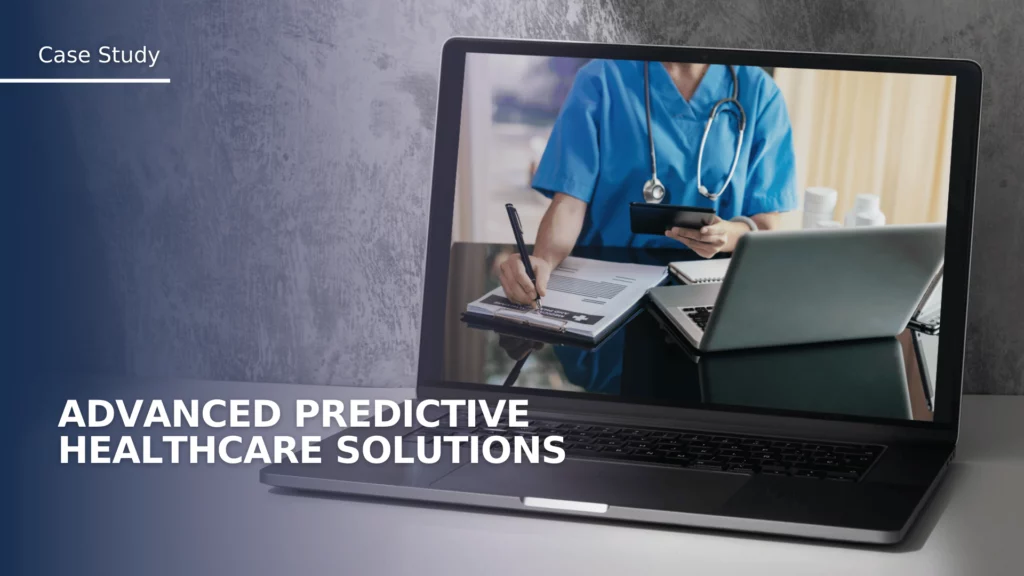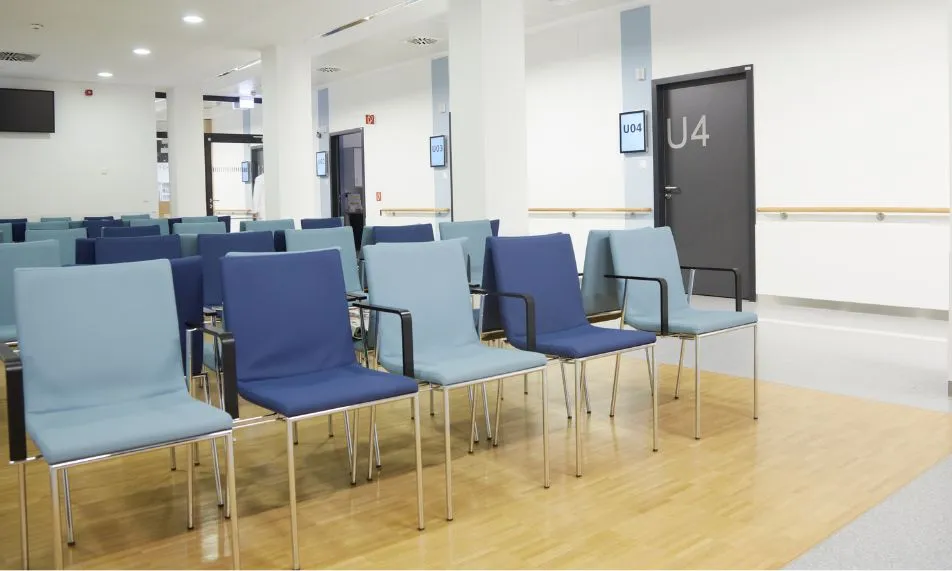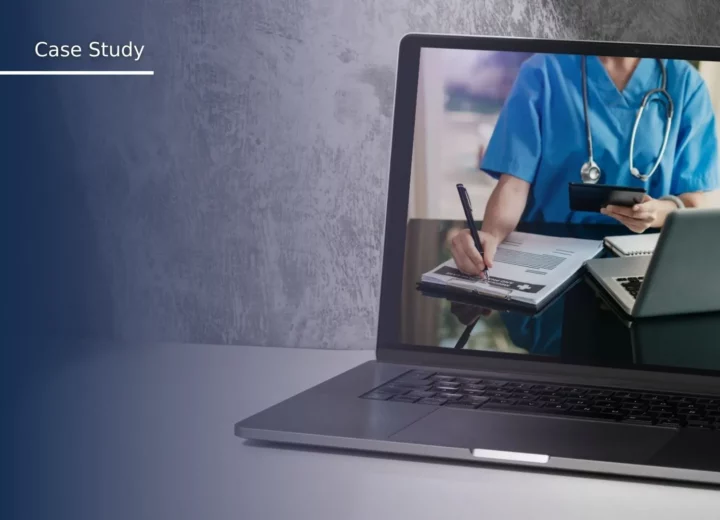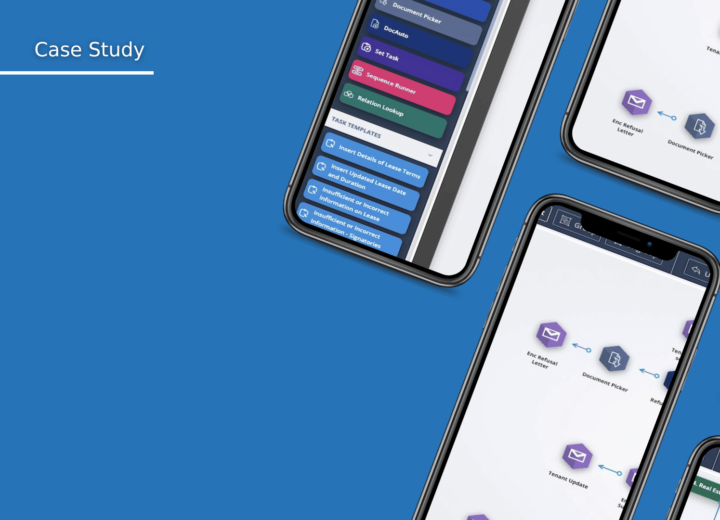
Advanced predictive healthcare solutions
OBJECTIVE
Develop advanced predictive models to enhance healthcare outcomes and reduce hospital readmissions, ensuring optimal post-acute care while reducing overall healthcare costs.
BlueRider.Software embarked on a mission to address three critical areas in healthcare
DRG
Classification
Predicting the leading Diagnosis-Related Group (DRG) code based on treatments, medications, and accompanying diseases with 95% confidence.
Readmission Probability
Predicting the readmission risk within 30, 60, 90, and 120 days for Medicare patients.
Optimal Post-Acute Care
Determining the best post-acute care pathway to minimize readmission risks, ensuring patients receive the appropriate level of care based on their specific medical needs.
Data collection and analysis
Collected, anonymized, and transformed extensive patient data, ensuring privacy and compliance with healthcare regulations. Employed ETL processes using Kubernetes and Kafka for efficient data handling. Used Hadoop and Spark to process the data.

Model development
1.
Algorithm Selection: Employed advanced deep learning architectures, including neural networks, along with sophisticated machine learning models such as decision trees and gradient boosting frameworks (XGBoost). These models were chosen for their superior ability to capture non-linear relationships and handle high-dimensional data.
2.
Machine Learning Techniques: Utilized cutting-edge techniques in supervised and unsupervised learning to address the complexities inherent in healthcare datasets. This ensured our models exhibited high accuracy and robustness.
3.
Feature Engineering: Conducted extensive feature engineering to derive salient features, uncovering latent patterns and relationships within the data. This step was crucial in enhancing the predictive power of our models.
4.
Ensemble Methods: Applied ensemble learning techniques, including bagging and boosting, to amalgamate predictions from multiple models. This approach mitigated individual model biases and variances, leading to improved overall prediction accuracy and reliability.
INTEGRATION AND TESTING
- Advanced ML Ops Tools: Leveraged industry-leading ML Ops tools such as MLflow and Kubeflow for rigorous testing and validation of models. Implemented extensive cross-validation tests, hyperparameter tuning, and optimizations to ensure robust and reliable model performance.
- Scalable Deployment: Seamlessly integrated predictive models into the client’s platform using Kubernetes for container orchestration and FastAPI for creating high-performance APIs. This ensured scalable, efficient, and seamless operation Project bacgroundsatisfied clientwithin the existing infrastructure.
- Comprehensive Validation and Feedback: Continuously monitored and gathered performance metrics for each algorithm using tools like Prometheus and Grafana. Collected client feedback systematically to refine model outputs. Manual adjustments were made for any incorrect predictions, and these flagged instances were incorporated into future training iterations to enhance model accuracy.
Results
DRG Classification
Achieved a 95% F1 Score.
Readmission Probability
Achieved a ROC-AUC score of 0.9.
Optimal Post-Acute Care
Delivered a multi-classification solution to recommend post-acute care pathways, acknowledging the variability
in individual patient needs.
Key benefits
Improved Patient Outcomes:
Enhanced healthcare delivery by providing patients with the most suitable post-acute care, reducing the likelihood of readmission.
Cost
Reduction:
Lowered hospital expenses by optimizing care pathways and reducing unnecessary readmissions.
Enhanced Patient Care:
Ensured that patients received the best possible care tailored to their specific medical conditions and recovery needs.
SUMMARY
By leveraging advanced data analysis and machine learning technologies, BlueRider.Software significantly improved healthcare outcomes and reduced costs for hospitals. Our predictive models provided precise DRG classification, accurate readmission probability predictions, and optimal post-acute care recommendations, ensuring patients received the best possible care.








